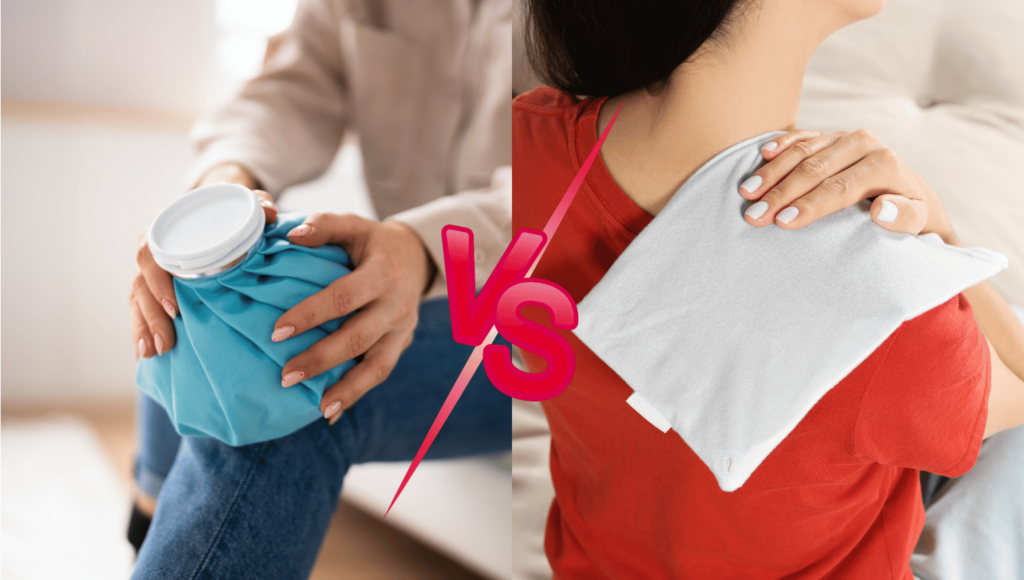Pain management can be a tricky puzzle, especially when it comes to deciding whether to use heat or cold therapy. Both have unique benefits depending on the type of injury or discomfort, but choosing the wrong one can potentially worsen symptoms. Let’s break down when to use heat vs. cold therapy for pain relief, their effects on inflammation, muscle soreness, and how they contribute to injury recovery.
Cold Therapy (Cryotherapy)
Cold therapy is your go-to for acute injuries, such as sprains, strains, or any situation involving sudden trauma. When you apply cold to an injury, it constricts blood vessels, reducing blood flow to the affected area. This helps minimize inflammation, swelling, and pain.
Cold therapy is most effective during the first 48 hours after an injury. It’s particularly beneficial for:
- Acute injuries like ankle sprains or wrist strains
- Swelling and inflammation
- Bruising or minor muscle tears
- Nerve pain or sharp, shooting pains
For best results, use an ice pack wrapped in a cloth for about 15-20 minutes at a time, ensuring you avoid direct skin contact to prevent ice burns.
Heat Therapy (Thermotherapy)
In contrast, heat therapy is ideal for chronic pain or muscle stiffness. Applying heat increases blood flow to the area, which helps relax tight muscles and improve mobility. Unlike cold therapy, heat does not reduce inflammation but works to soothe muscle soreness and stiffness.
Heat therapy is particularly effective for:
- Chronic conditions like arthritis or ongoing back pain
- Muscle stiffness and tension
- Stress-related muscle soreness
- Pre-activity warm-up to prepare muscles
Applying a warm compress or heating pad for 15-20 minutes can help loosen up stiff muscles and improve flexibility. It’s best to avoid heat if there is active swelling or inflammation present, as it can make the swelling worse.
When to Avoid Heat or Cold
It’s important to know that neither heat nor cold therapy should be used on open wounds or skin conditions like dermatitis. Also, avoid heat therapy immediately after an acute injury, as it can increase swelling. Conversely, avoid cold therapy for people with circulation issues or certain nerve conditions.
Injury Recovery: Combining Heat and Cold
In some cases, alternating between heat and cold therapy can be an effective strategy for injury recovery. For example, cold therapy can be used immediately after an injury to control swelling and pain, followed by heat therapy a few days later to promote healing and improve mobility.
Understanding the difference between these two therapies can make all the difference in speeding up recovery and managing pain more effectively. Remember, when in doubt, consult with a healthcare provider to ensure the best treatment for your specific condition.
At our clinic, we specialize in comprehensive pain management through manual osteopathy, chiropractic care, and traditional Chinese medicine. Whether you’re dealing with chronic pain or recovering from an injury, we offer personalized treatments tailored to your needs. We proudly serve Toronto and the GTA, including but not limited to Thornhill, North York, Richmond Hill, Vaughan, and Markham. Let us help you get back to your best self.


